Story
Karo Oil
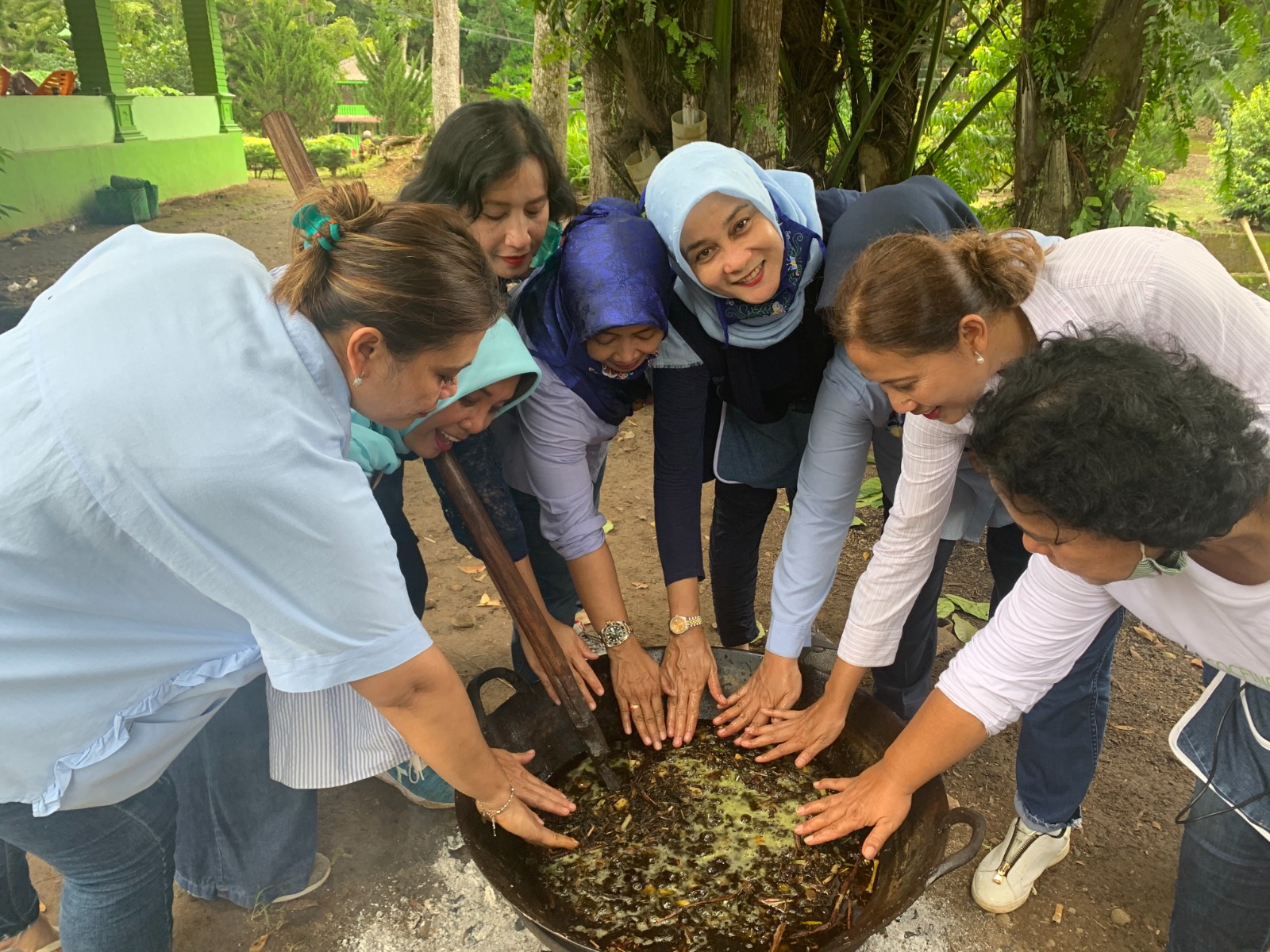
The province of North Sumatra has many ethnics groups that are spread out or centered in one district, one of which is the Karo tribe, most commonly found in the Karo Regency and spreading to other regencies. Each tribe has a distinct culture, as well as its own traditional medicine practices.
Health is a fundamental necessity for human life. Before the introduction of modern medicine, the Karo ethnic group was familiar with traditional treatments for various ailments such as fractures, sprains, external wounds, internal injuries, and medicinal ingredients for maintaining health.
The Karo ethnic group holds the belief that traditional Karo medicine is highly effective in maintaining endurance and improving health. Despite the rapid progress of medical technology and modern medicine, most members of the Karo ethnic group still rely on traditional medicine.
Traditional medicine that is often used and believed to cure diseases in the Karo ethnic culture to this day includes “Minyak Pengalun Karo”, commonly known as Karo oil.
Karo oil is a legacy that has been used for generations. Traditional medicine has been employed for thousands of years. According to the World Health Organization (WHO), traditional medicine encompasses all knowledge, skills, and practices based on the theories, beliefs, and experiences of indigenous peoples in the health sector for the purposes of prevention, diagnosis, improvement, or curing of physical or mental illnesses. The percentage of the Indonesian population practicing traditional medicine can be considered quite significant. Its relatively easy, inexpensive, and effective use is the reason traditional medicine continues to thrive. Additionally, there is a strong connection with the tradition of using traditional medicine inherited from previous ancestors within specific tribes or regions.
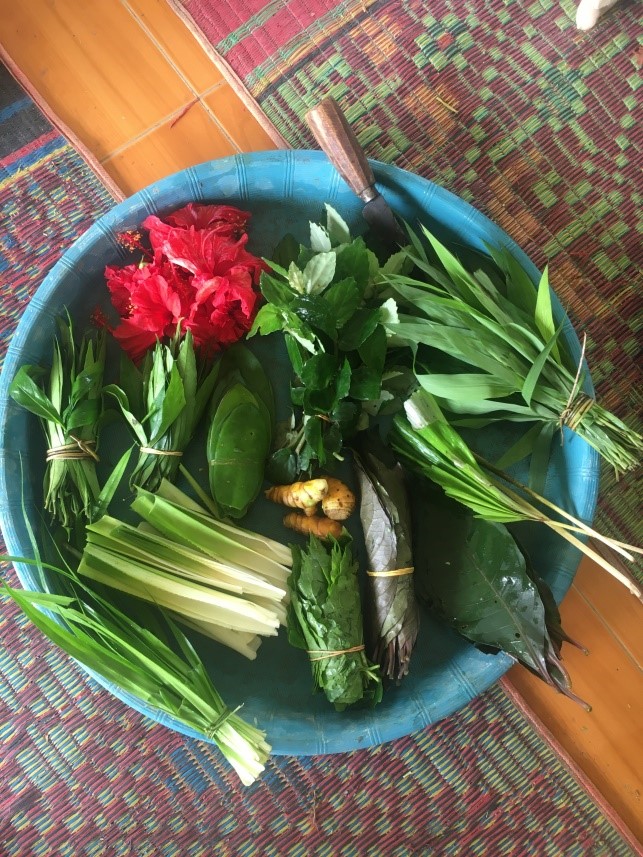
Karo oil is well-known among the people living around the Karo ethnic group. The increasing popularity of Karo oil cannot be separated from the role of the Karo ethnic group members who have migrated to other areas. Most ethnic Karo individuals use this oil for personal needs and also introduce it to others, while a smaller number establish traditional medical practices and produce their own Karo oil for use and sale to patients. However, one interesting factor that significantly widened the introduction of Karo oil throughout Indonesia was during the 2018 Asian Games in Jakarta-Palembang. When Indonesian badminton athlete Antoni Sinisuka suffered an injury and was bleeding, it was reported that his mother applied Karo oil to relieve his muscle pain. At that time, news about Karo oil went viral, although it was not confirmed whether Antoni Sinisuka had indeed used it.
Currently, Karo oil is not only sold in traditional markets but has also found its way to online shopping sites. The Karo oil available in the market serves various purposes, but it is commonly used as a massage oil and for treating burns or as a hot oil. In the Karo highlands, where the Karo ethnic group resides, it's customary to apply Karo oil and param (a yellow substance) to children after bathing to warm their bodies. Children who regularly use Karo oil are often observed to be stronger and more agile. Additionally, Karo oil of the highest quality can sometimes be ingested at the dosage recommended by the manufacturer.
Karo oil is made using ingredients in the form of roots, leaves, stems, and fruits of plants categorized as medicine by the Karo people. Initially, this concoction was cooked and mixed using animal oil, making it difficult to produce in large quantities. Currently, animal oils have been replaced with vegetable oils such as green coconut oil to meet market demands. However, some people opt for palm oil as their raw material. Nevertheless, these two raw materials yield different results; palm oil remains liquid even at cold temperatures, while coconut oil solidifies in cold temperatures.
Some Karo oil traded in the market already has a BPOM (The Indonesian Food and Drug Authority) permit, but there are others that do not yet possess one. The primary obstacle for traders in obtaining permits is the lack of scientific evidence regarding the efficacy of medicinal plants used as the primary ingredients for making Karo oil.
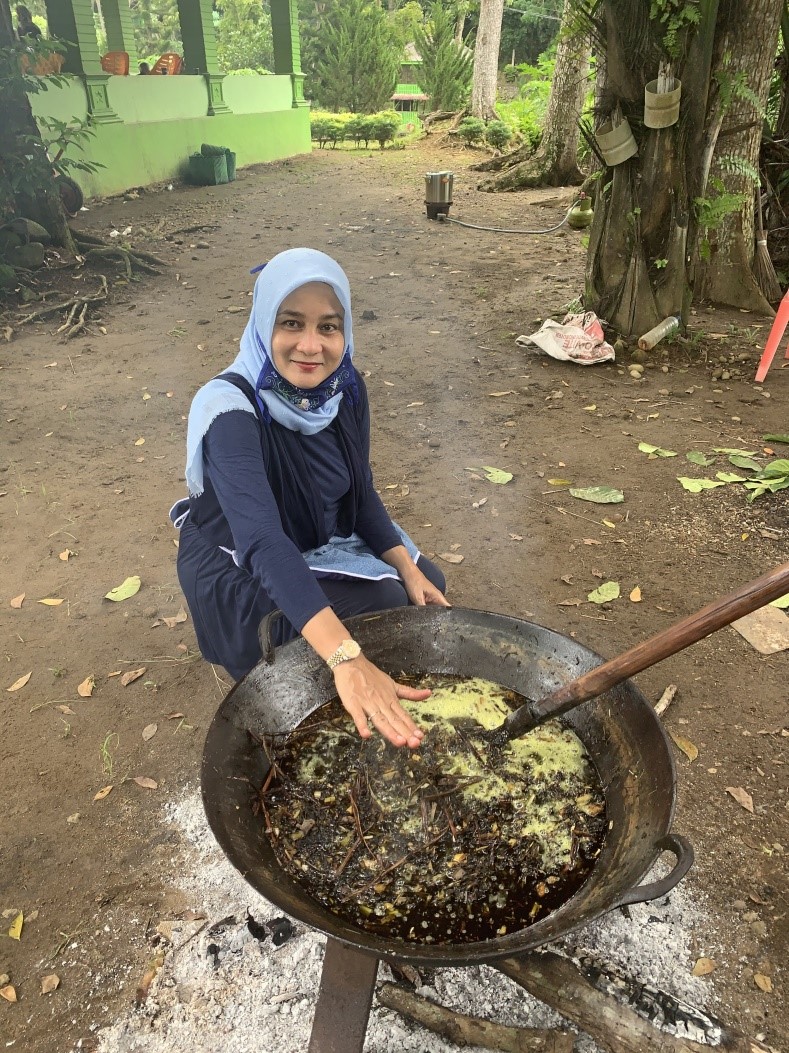
The use of medicinal plants often does not adhere to sustainable harvesting processes, which can pose a threat to the sustainability of these plants. Additionally, traditional knowledge is dynamic, subject to changes that may lead to the loss of traditional practices. The existence of traditional knowledge heavily relies on the customs of traditional communities, which are gradually being eroded by progress. The loss of these customs can result in the loss of local knowledge concerning the use of traditional medicine. Therefore, it is crucial to educate the next generation about traditional knowledge to preserve local wisdom.
Socfindo Conservation is one of the non-profit foundations in North Sumatra committed to preserving medicinal plants in Indonesia by cultivating various types of these plants and providing education about their benefits. To maintain knowledge about Karo oil, Socfindo Conservation has conducted training sessions in its production, directly facilitated by Karo oil makers who demonstrate and teach the process.
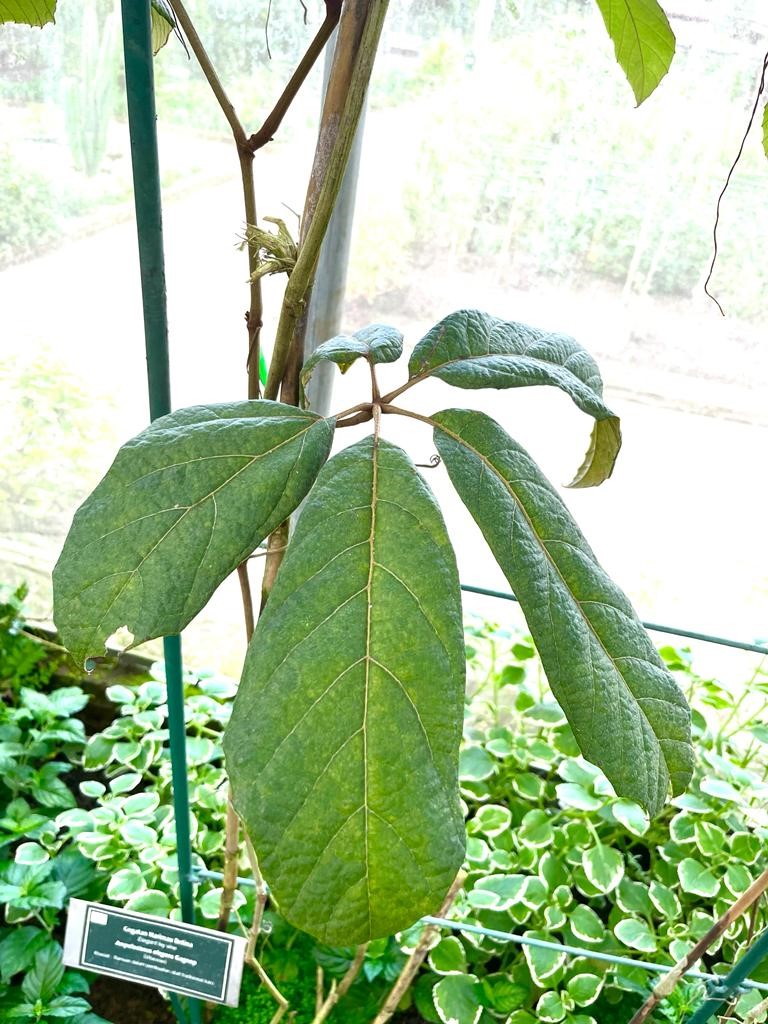
Socfindo Conservation also maintains a collection of several types of herbaceous plants, which serve as the raw materials for making Karo oil. These plants are sourced from both cultivated sources and the wild forests.
Socfindo Conservation's collection of herbal plants includes raw materials for cultivated Karo oil such as Red Ginger, Pepper, Kencur, Shallots, Garlic, Lancing, Temu Kunci, Mother Turmeric, Fragrant Root, Lemongrass, Nutmeg, Cardamom, Kaffir Orange, Papaya Orange, Patchouli, and others. Meanwhile, the raw materials for Karo oil that grow wild or in the forest include Tiger Gagaten, Kapal Ship, Secang, forest betel, Paris leaves, and others.
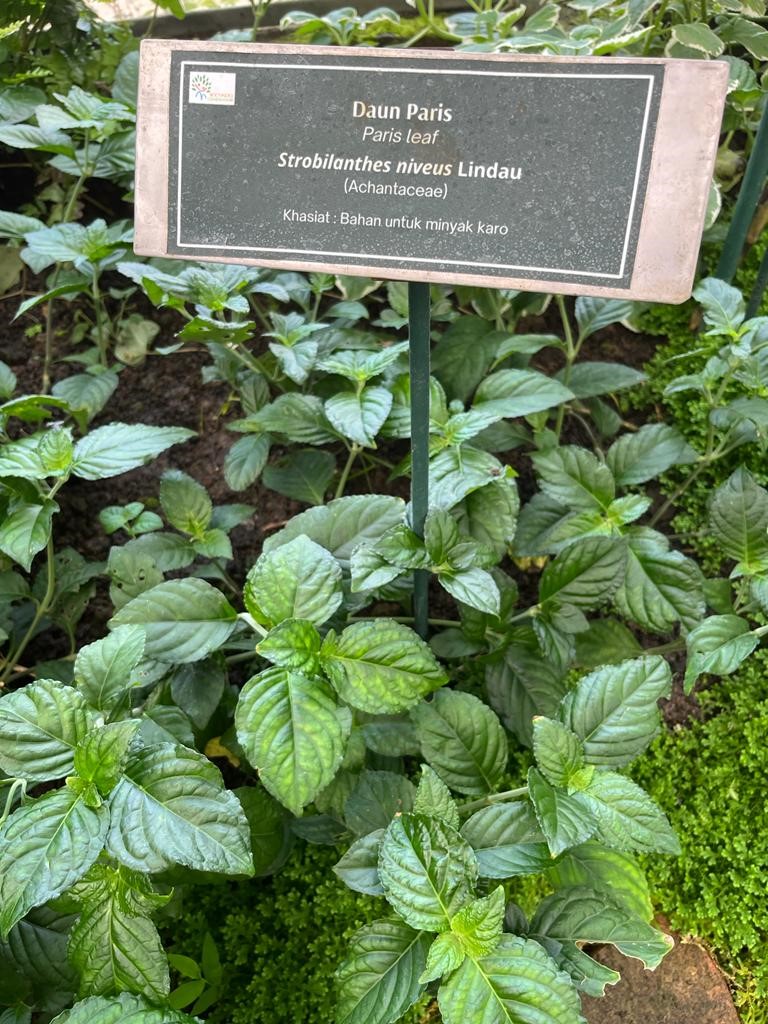
It is hoped that in the future, Karo oil will be marketed more extensively, with more attractive packaging and having undergone clinical trials by BPOM (The Indonesian Food and Drug Authority). This approach will help avoid the risk of medical issues arising from counterfeit Karo oil, which is currently widely circulated at low prices and of poor quality. Through clinical trials, the efficacy of Karo oil can be determined, making it easier to identify the types and dosages of medicinal plants required. This will be crucial in ensuring the availability of raw materials for Karo oil, thus promoting sustainability.
Writer Team:
Taman Socfindo Conservation
@taman_herbal_socfindo